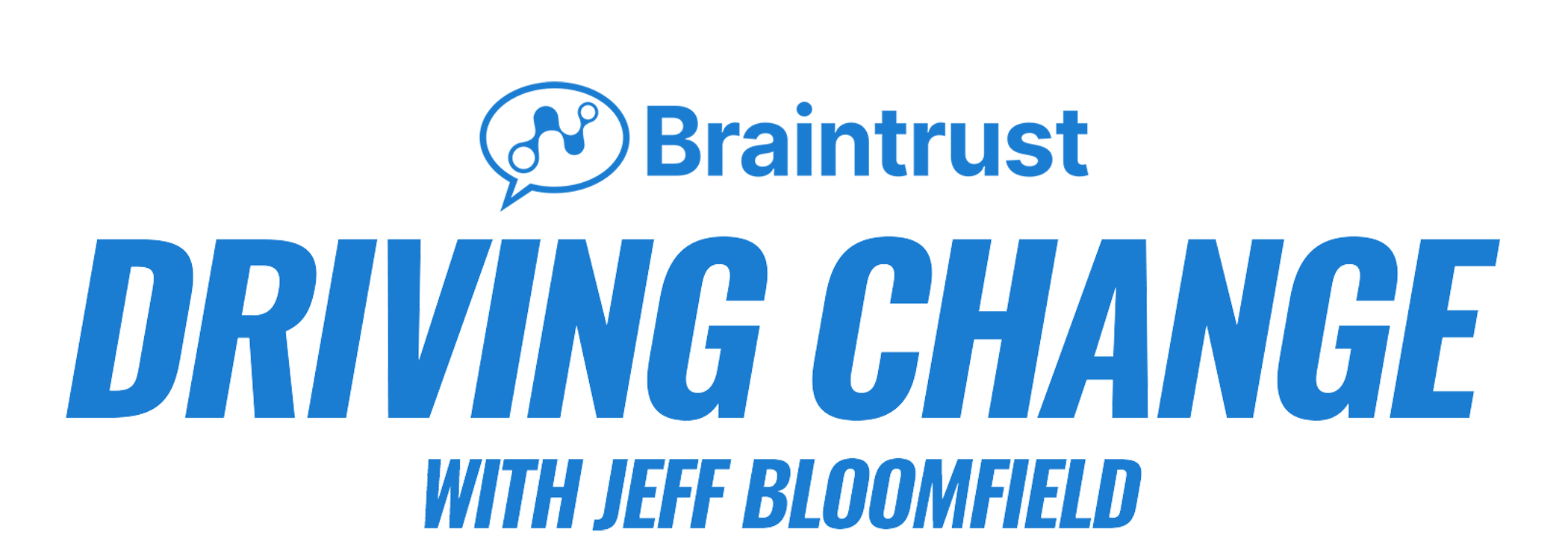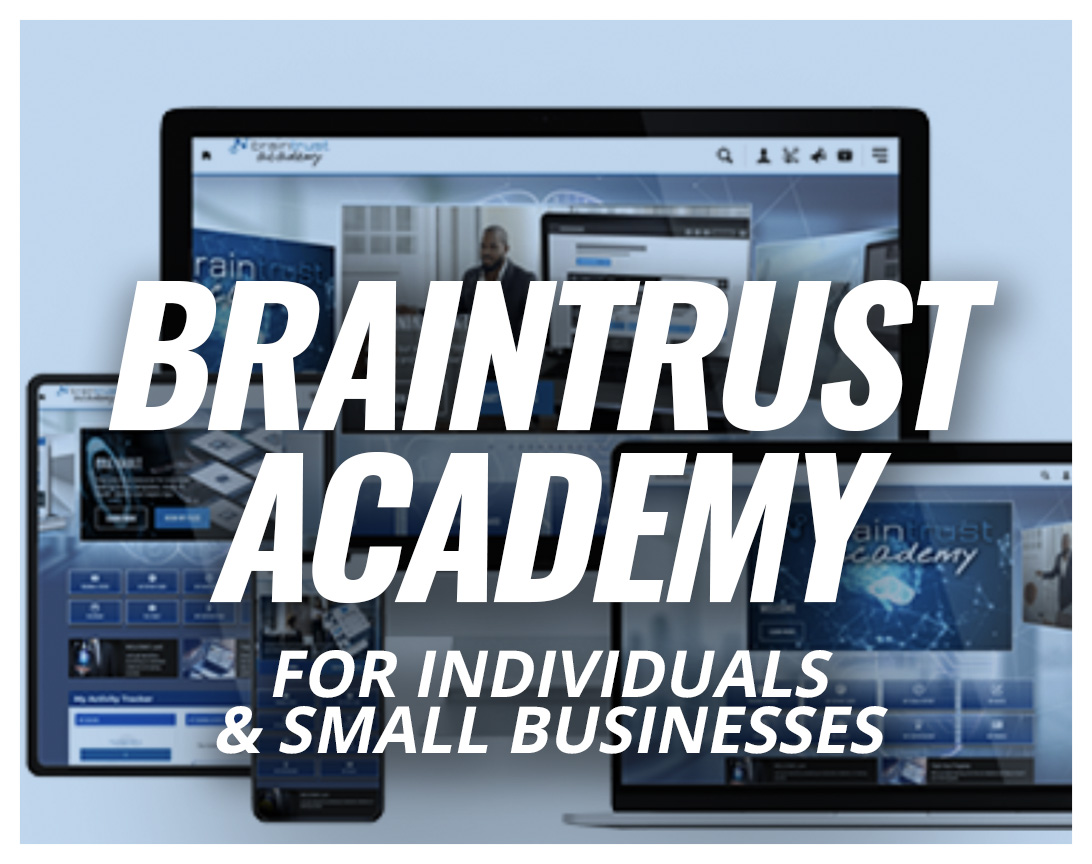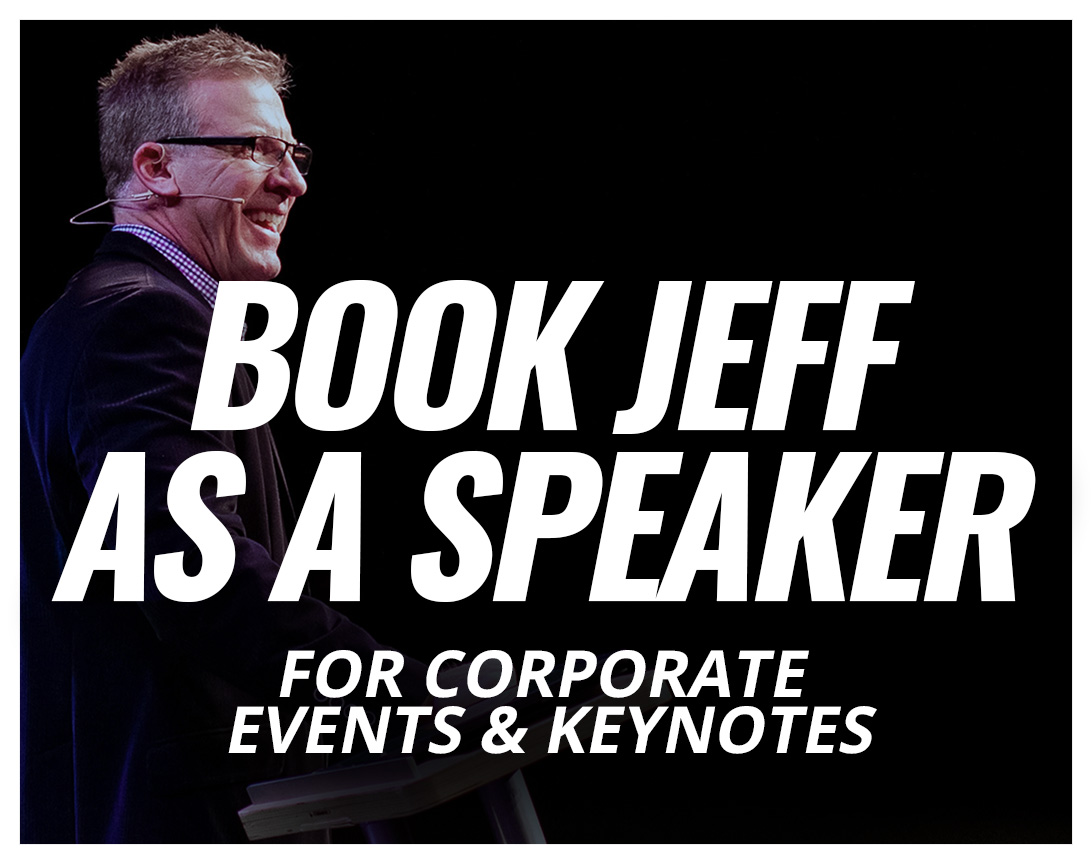How To Get Prospects To Say YES In More Conversations
Written by Joe Masi
6 Min Read
I don’t know about you, but when given a choice to root for the underdog or the 5-time champion, I’m pulling for the underdog. As a matter of fact, a recent survey found that 88.1% of people will root for the underdog when given the choice. This happens in sports, with our favorite movies, novels, television characters, and in politics as well. There’s a part of us that loves to see an individual, group or team beat the odds. Go Browns!
There are a few theories that attempt to explain this phenomenon but for the purpose of this article, we’ll focus on the theory that Dr. Asim Shah, professor and executive vice chair in the Menninger Department of Psychiatry and Behavioral Sciences at Baylor, supports. In his research, Dr. Shah found that one of the prevailing reasons we root for the underdog is because most of us can relate to how difficult it is to win all the time. Many of us see ourselves as an underdog and therefore, project our desire to win on the team or individual going against the odds; “if they can win, then there’s hope for us too!” We know what it feels like to be in the more vulnerable position, and we want to see them (and ourselves) find their (and our) way to the top.
So, why is the necessity for vulnerability important to understand when it comes to communication and relationship building?
According to the decades of research on vulnerability by Brené Brown, “staying vulnerable is a risk we have to take if we want to experience connection.” This is one of the primary reasons most of us don’t root or enjoy being around know-it-alls.
We connect more authentically with those who are a bit more vulnerable, those who admit to what they don’t know, acknowledge their shortcomings while being courageous enough to share who they are as a person, and not just what they do as a professional. Sure, professional credibility can win you work, but when it comes to a personal connection (essential for relationship building) bringing just the right amount of vulnerability wins hearts.
Here are some suggestions for bringing in that right amount of vulnerability when trying to build authentic and long-lasting relationships:
Embrace the discomfort:
- Forming new relationships, especially when you’re the one initiating, can be anxiety-provoking for some of us. Why? Because there’s a good chance your attempts will be flat-out rejected. As David Goggin’s reminds us, you gotta “embrace the suck.” It’s the only way you get better at this stuff.
Bring in some humility:
- Accept the fact that regardless of how smart you are and how much experience you have, you got nothin’ without the person in front of you. Give credit to those around you who have contributed to your success and acknowledge those who helped you get where you are today. In business and in life, relationships are everything. We need others as much as they need us if we want to succeed.
Be honest:
- Humans are exquisite lie-detector machines. If you think you’re being slick or are hiding something, you’re not. They know when you don’t know, so be upfront when you don’t have the answer they need at the moment. Speak the truth and you’ll gain their trust faster than you can imagine.
Getting vulnerable can be a challenge for many of us, so at Braintrust we’ve designed a way of making it a bit more manageable. If you want to gain trust both personally and professionally more effectively, you should check out our FREE version of our Braintrust Academy.
We have our “How to build your Personal Connection Story” available for anyone who wants to build their own. It’s a very simple yet very effective way of stepping into a place of vulnerability while sharing with a prospect, client, or colleague a little bit about what makes you tick. The amazing part is when they see you do it, most of the time they will share something back with you that you never would have learned otherwise.
When you see how impactful just that one step can be in your Customer Conversation, you should consider joining our Full Academy to learn how to use NeuroSelling® throughout your entire Customer Conversation.




